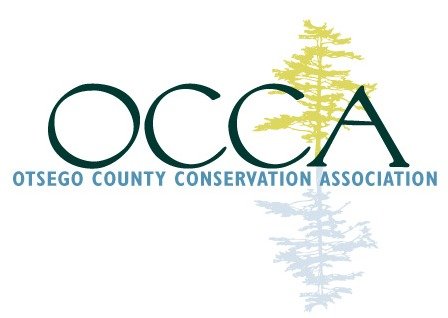No Mow May(be)? Homeowners guide to protecting pollinators.
The “No Mow May” pollinator protection campaign began in England two decades ago but became a viral “buzz word” across the US during those stay-at-home pandemic years. Its goals are admirable: cease mowing lawns during the month of May to provide emerging insect pollinators enough resources to get them through lean times. A recent March 2024 paper in Insect Conservation and Diversity backs this up. Early spring resource gaps in pollen or nectar are a major limitation for insects like bumblebees, especially at cool temperatures. Those early blooms of dandelions, violets, forget-me-nots, chickweeds, periwinkle and henbit at ground level provide greatly needed fuel for pollinators and other insects. As the thinking goes, by June the temperature warms and lilacs, cherry and other trees come in bloom to carry the bees into the summer.
Yet several recent analyses of the No Mow May protocol now suggest that simply stopping mowing and restarting after Memorial Day is not the best strategy. One of the major criticisms of a month-long stoppage of mowing voiced by turf managers is that when mowing restarts, it is very hard on landscaped grass cover. On heavily managed lawns with unbroken stretches of grasses, few other plants may be available to provide nectar sources, with or without ceasing mowing. Is it a good idea to “tease” insects into visiting a patch of flowers in May to then suddenly remove the resource in June? Plus, what is so magic about 30 days? Can we do better?
A more nuanced and ecologically sound strategy offered by several state agencies, universities, and conservation groups including the Otsego County Conservation Association recommends shifting towards low-mow options, either in area, or frequency. A 2018 study spearheaded by the Massachusetts Dept. of Conservation revealed that a 3 week cycle of mowing and at a 3 inch height was optimal for maintaining low flowering plants in suburban lawns. Bee City, a promotor of No Mow May, suggests giving lawn “weeds” of dandelion, clover and other lawn herbs a couple weeks to flower, either in April or May, for 2, 3 or 4 weeks or whatever works in your location. That is, rather than watch the calendar, watch the pollinators in your own front yard.
I have several recommendations for homeowners that still allow for some traditional lawn, but that will also feed pollinators, increase bird diversity, protect clean water, and amuse you all summer.
First, stop thinking of insects and weeds as enemies. Do you like birds? The majority of local songbirds feed their young nestlings on insects. As you increase lawn diversity, you also support the diversity of watchable insects, and ultimately the birds.
Reduce or eliminate herbicides and pesticides in your lawn. Not only will this protect insect populations and the plants and animals that depend on them, it supports clean water. Careless use and overuse of lawn chemicals are a significant contributor to water pollution. Often it is the many homeowners and not the few farmers that are the greater source of these chemicals in our streams.
Save patches of “low mow” or “no mow” areas year-round. Taller grasses support fireflies. Leafy mulch and rotting logs provide homes for bumblebees and worms. While you may choose to mow the street-facing curb strip, perhaps leave pockets of your backyard as habitat, or plant perennials.
Plant flowers that appeal to pollinators, especially low-maintenance native species favored by native insects. My mown lawn has low height violets, clover, spring beauty, and forget-me-nots for May blooms. Along my drive I leave a few milkweeds for the Monarch butterfly. With the heavy deer pressure in Oneonta, I rely on native mints and asters around my foundation.
Finally, reduce mowing this May. Even if you only participate for 3 weeks, you can proudly display a “No Mow May” promotional sign, available through OCCA and other outlets. This informs passers-by that your unmown areas are set aside for good reason. Regardless of whether or not you manage a lawn, use the month of May to take steps towards supporting the pollinators who support us.
Donna Vogler, Board President
Otsego County Conservation Association
and Oneonta resident
